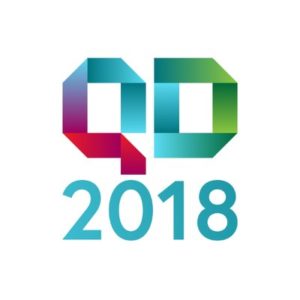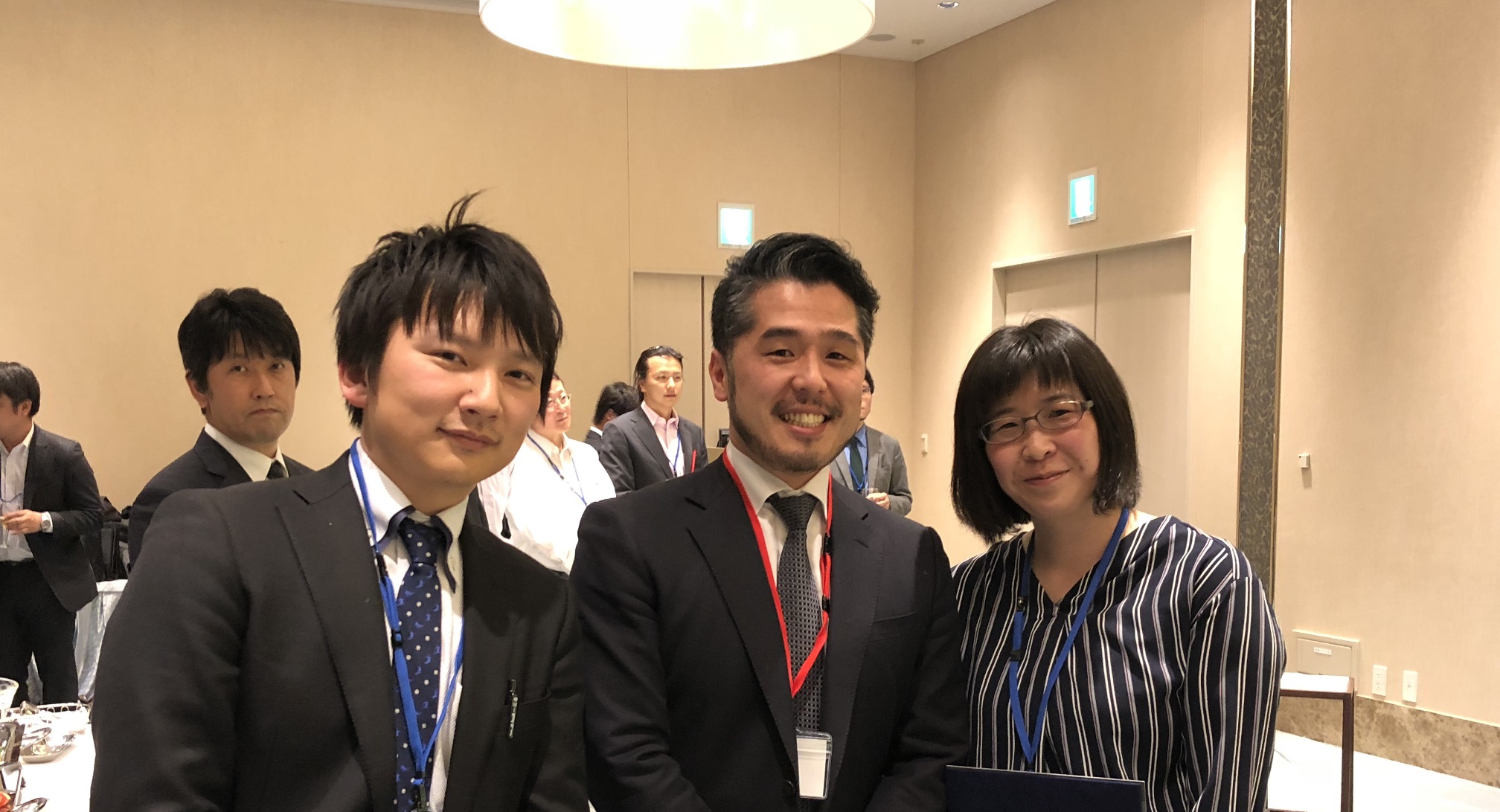QD2018 is the Tenth International Conference on Quantum Dots, the leading conference on quantum dot research and it will be held in Toronto, Canada from 25-29 June 2018. QD2018 will gather 500 of the world’s leading quantum dot researchers from epitaxial, colloidal, and lateral quantum dot communities.
Topics will include:
- Fundamentals – Quantum Dot Theory, Quantum Dot Spin, Analytical Techniques, Quantum Optics and Magneto-Optics, Quantum Dot Coherence, Exciton/Charge Carrier Dynamics.
- Materials – Hybrid Quantum Dot Systems, Material Growth and Fabrication Techniques, Emerging Materials and Synthesis, Nanoplatelets and Superstructures.
- Applications – Energy Harvesting, Sensors and Detectors, Light Emission, Quantum Information Technology and Quantum Computing, Bio Applications.
And the list of confirmed speakers so far is below:
- Dmitri Talapin (University of Chicago)
- Xiaoyang Zhu (Columbia University)
- Manfred Bayer (Dortmund University)
- Yasuhiko Arakawa (University of Tokyo)
- Victor I. Klimov (Los Alamos National Laboratory)
Invited Speakers
- Akira Oiwa (Osaka University)
- Sohee Jeong (Korea Institute of Machinery & Materials)
- Maurice Skolnick (University of Sheffield)
- Zeger Hens (University of Ghent)
- Liberato Manna (Italian Institute of Technology)
- Jacek Kasprzak (CNRS France)
- Horst Weller (University of Hamburg)
- David J. Norris (ETH Zurich)
- Eva Monroy (CEA Grenoble)
- Edo Waks (University of Maryland)
- Maksym Kovalenko (ETH Zurich)
- Emily Weiss (Northwestern)
- Osman Bakr (King Abdullah University of Science and Technology)
- Hunter McDaniel (UbiQD)
- Hilmi Volkan Demir (Nanyang Technological University)
- Cherie Kagan (University of Pennsylvania)
- John Rarity (University of Bristol)
- Armando Rastelli (Johannes Kepler University Linz)
- Jelena Vuckovic (Stanford University)
- Jason Petta (Princeton University)
- Vladimir Bulovic (Massachusetts Institute of Technology)
- Patanjali Kambhampati (McGill University)
- Eunjoo Jang (Samsung Advanced Institute of Technology)
- Gerasimos Konstantatos (ICFO – The Institute of Photonic Sciences)
Materials Horizons, Nanoscale Horizons, and Nanoscale are delighted to provide support for QD2018. Visit the conference website for full information about how to register.















